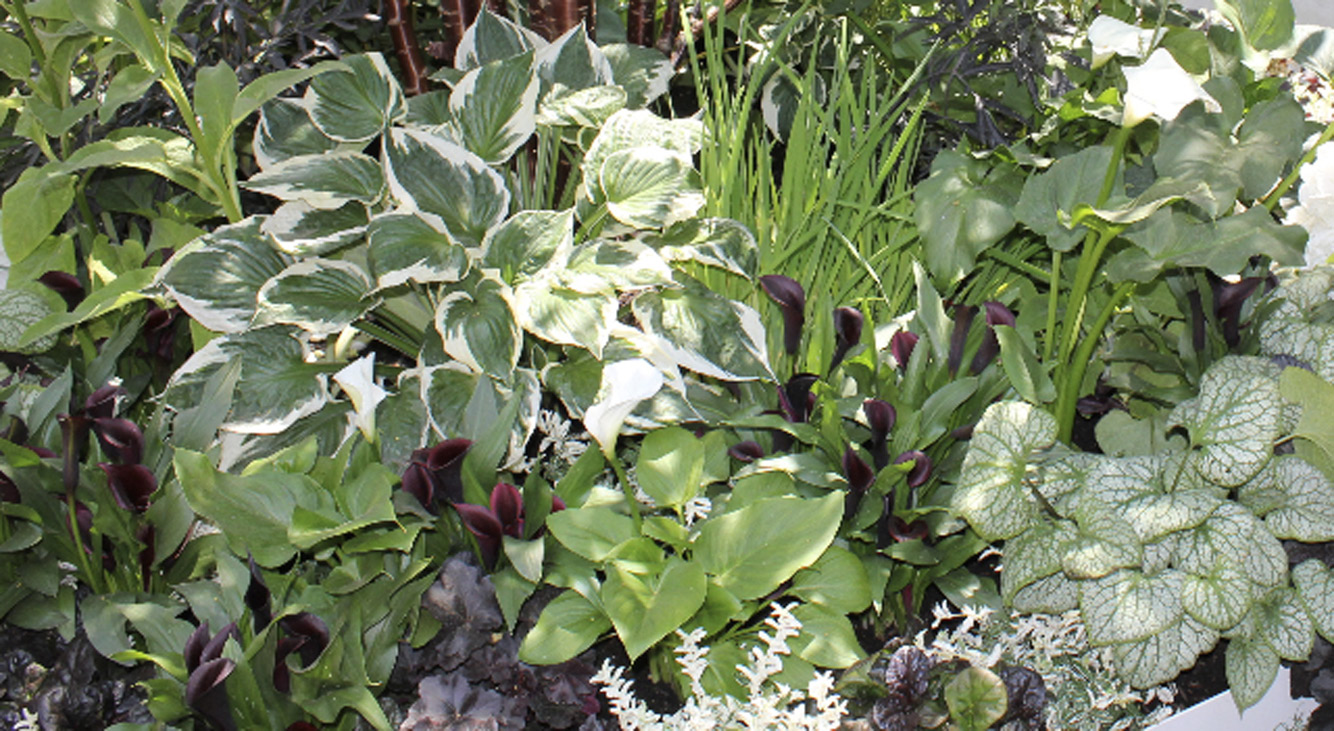Summertime and the living might be easier, but the garden is – well frankly – exhausting.
Perhaps you’ve been working hard, or been on holiday, or just had to attend to other things (I’m giving us all excuses here), the garden is a disaster area, and now people are coming for lunch. You haven’t got time for a complete garden rebuild – seriously, you haven’t, unless you’re contacted by one of those TV makeover shows in the next few minutes. So, in case they don’t call, here are some quick fixes that will help a bit.
The whole garden’s in a mess…
If you’ve lost the plot and don’t know where to start, then try a general tidy. This might include using power tools, so don’t rush at it, or attempt to conquer the whole garden at once.
✓ Neaten your edges – by cutting the grass and giving it a nice neat mowing edge. This immediately lifts the whole scene and diverts the eye from the borders – it’s the garden equivalent of clearing the floor and hoovering.
✓ Trim hedges (providing there are no birds nesting in them) for a vertical version of the mowing edge.
✓ Prune shrubs like Philadelphus, Deutzia and Weigela once they’ve finished flowering. Pruning at this time of the year will give less of that vigorous regrowth that shoots out in all directions, but still give time for shrubs to grow flowering stems for next year.
✓ Leave part of it wild and explain how important it is for butterflies to have nettles to lay their eggs on, and that a healthy organic garden needs to provide a balanced ecosystem that includes native plants (these are not weeds, obviously) and long grass for creatures to shelter in…
You’ve run out of flowers…
It can happen to the best of us. The garden can be packed full of gorgeous blooms one minute and then suddenly there’s an awkward pause (or a horrible full stop). ‘Don’t panic, don’t panic,’ I say. But we do – and rush about trying to cram gaps with impulse buys and bedding. Gaps in the borders are inevitable because sadly it’s only plastic plants that flower forever. Most perennials will put on a good show for around three weeks and then stop to get on with other things. There are a few wonder plants that will keep going from June until November though (see below) and annuals will give you good value for money, but only for a season. If you make a note of places where you need to rejig the borders – and then try not to play ‘musical plants’ in July and August, when plants are much harder to establish and will need almost constant watering. Once autumn arrives you can have a border reshuffle and move things around to your heart’s content. But if you can’t wait until then:
✓ Add some focal pots – annuals and architectural plants in pots will bring instant colour and impact to key areas – you can even put pots into gaps in the borders. Don’t forget to water them though, or they’ll attract attention for the wrong reasons.
✓ Foliage lasts longer than flowers and can be as attractive. By using good combinations of leaves – try Heucheras, shrubs with variegated foliage, grasses, and large leaved plants with impact like Hostas and Fatsia and you’ll hardly notice the flower gap.
✓ Use some star performers – Try plants like Verbena bonariensis, Gaura and Geranium ‘Rozanne’. You will have to keep an eye on these if you’re planting them now – and water them a lot, but these flower non-stop and will tide you over until the frosts.
✓ Dead head – annuals will pack up once they set seed, as their life’s work is done, so ruin their plans by cutting off any fading flowers and they’ll have to keep going. Don’t feel sorry for them – we’re all having to prolong our working lives.
✓ Second coming – if you’re quick, you’ll be able to get another show of flowers later in the year from some of the early flowering perennials by cutting them right down to the ground. They should respond by growing another neat mound of foliage and some more flowers. This works well with Geraniums, Lupins and Delphiniums.
The weeds have taken over the Alyssum…
Weeds are remarkable plants really. I know that’s not what you want to hear when you’re knee deep in them, but our cultivated plants could really learn a thing or two from them. They seem able to outcompete – and then swamp, or strangle – anything in their way. Weeds grow faster than delicate nursery raised specimens and have developed cunning ways to avoid being removed. Some have leaves that look so much like the plants they grow in among that they often go undetected, others have long roots that are hard to pull out, or that break off easily and then regrow from a minute speck left in the ground. Pernicious perennial weeds used to be my worst enemy, but now it’s the annuals that I struggle with. My soil, being light and sandy, provides ideal conditions for seed germination, and get this – one small annual weed left to set seed can churn out over a thousand seeds in its short life – and some, romantically called ‘ephemeral’ weeds can grow to maturity and set seeds of their own in just three weeks (how romantic is that?). I stand in my garden sometimes feeling like Queen Canute as the weed tide rushes in. If you can catch the weeds early in the season, you’ll wipe out a few dynasties before they get going, but weeding is, like cleaning, a constant and inevitable chore. These few tips might make it a bit easier:
✓ Try not to dig – every time you turn over the soil, you’ll be bringing weed seeds to the surface, and like tiny bombs, they’re primed to explode into life as soon as they reach the light. A good sharp hoe (either long handled – or short for getting in among plants) will slice through annual weeds without disturbing the soil too much.
✓ Weed the garden in the morning – and on a dry day the weeds will have frazzled up by lunchtime.
✓ DO NOT put weeds on your compost heap. Instead, you can wreak revenge by making a lovely weed tea. Steep them in a bucket of water for a week or two (comfrey and nettles are great for this) and then use the strained liquid as a fertiliser. It will smell totally disgusting but the plants will love it.
Go with the flow
“There’s always next year” is my default phrase every summer – and the wonderful thing about gardening is that inevitably the seasons will pass and (sorry to bring it to attention) winter will return. Then we can wipe the slate clean and make a grand plan for future glory (or more ‘work in progress’). In the meantime, visit other people’s gardens, make lists of things to do and plant next season, learn from the things that went wrong this year and take note. Don’t be hard on yourself and try to achieve perfection – it’s exhausting, and the rest of us won’t like it. Enjoy the lovely things in your present garden and the wonder of nature. The good news is that the summer solstice has been and gone now, so the growth rate is slowing down, which should, by next month, give us all a bit of time to sit and relax out there – Phew!
TEST
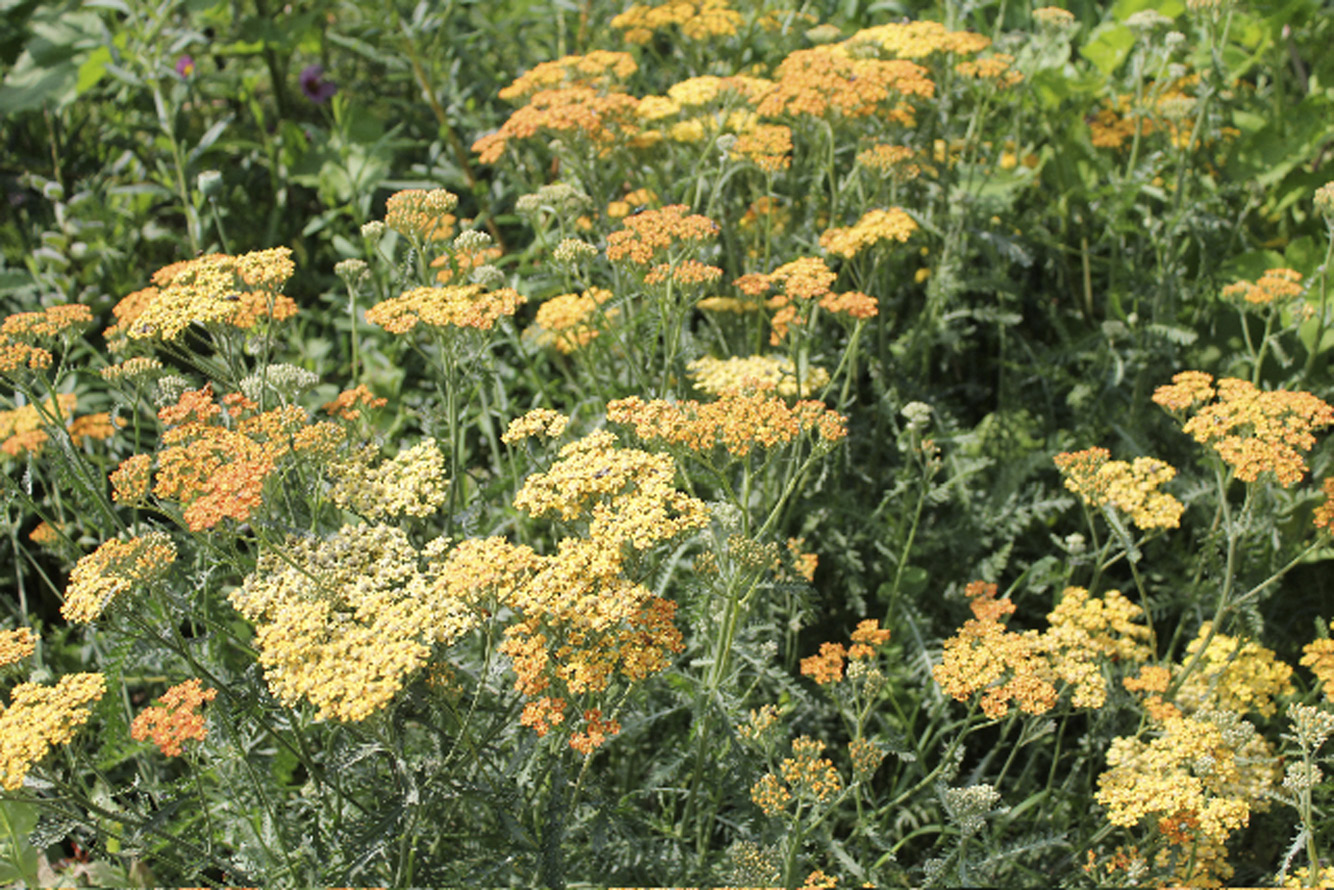
Achillea will bloom from June to September
TEST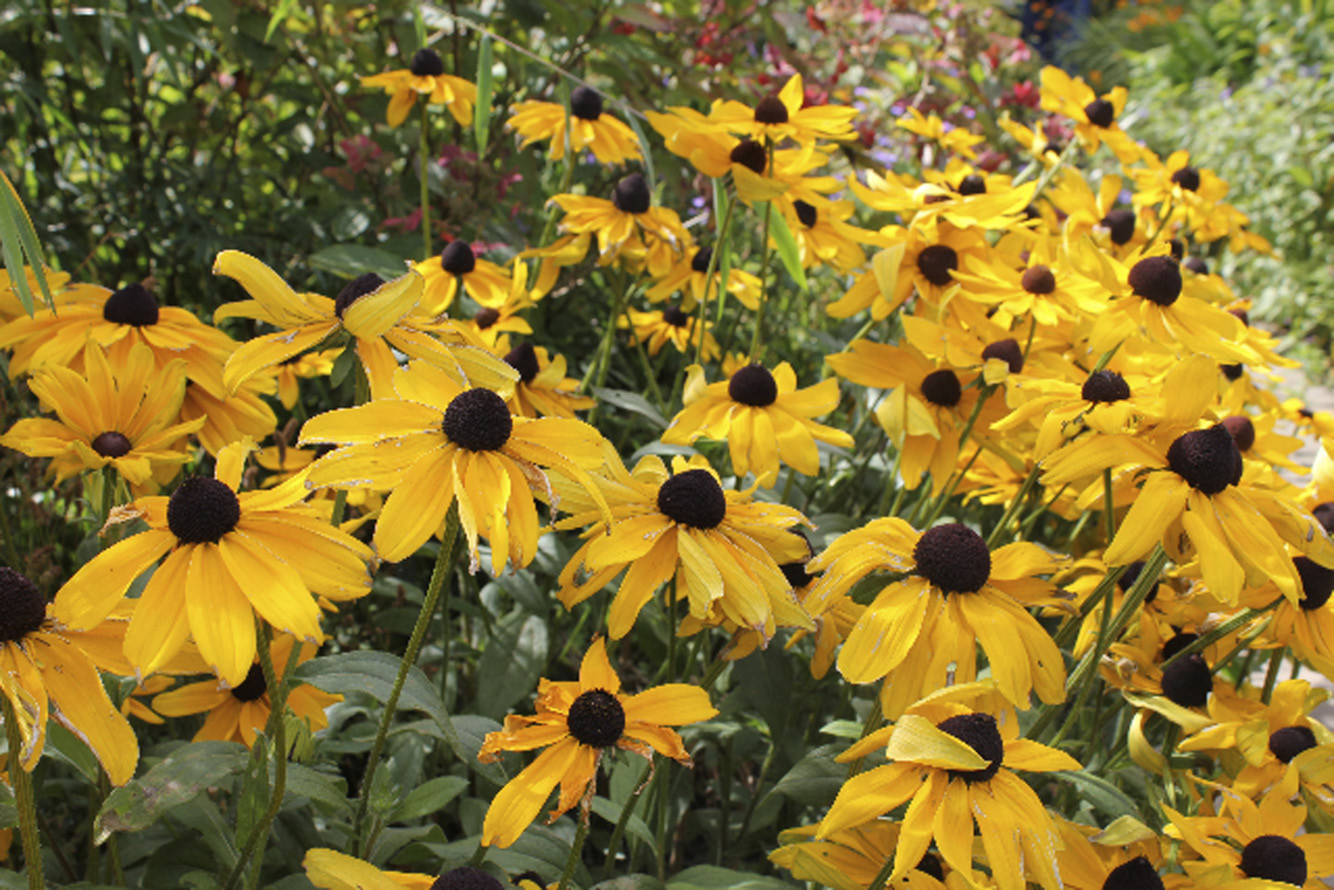
Yellow echinachea adds good cheer to a border
TEST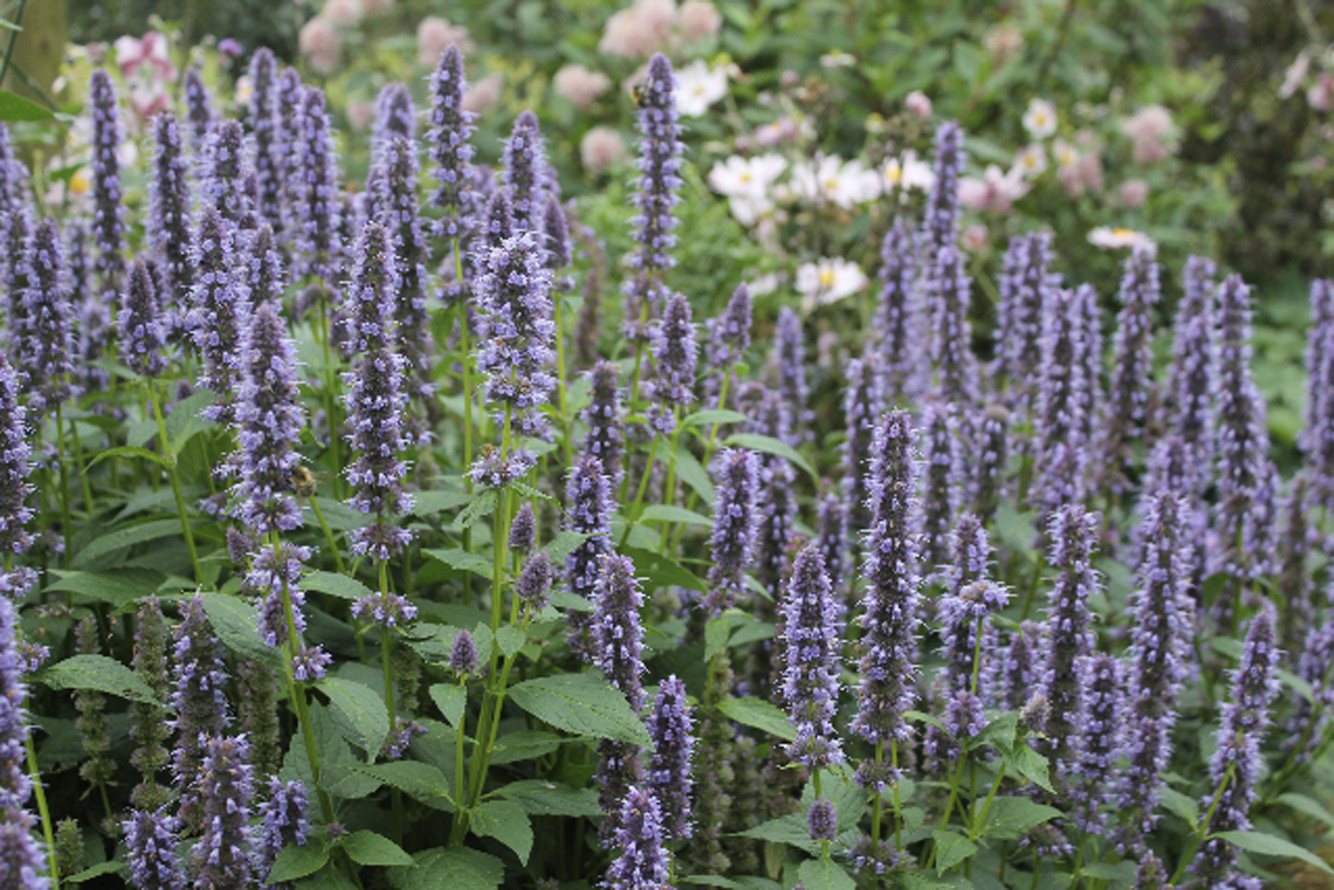
Add some focal pots – annuals and architectural plants in pots will bring instant colour and impact to key areas
TEST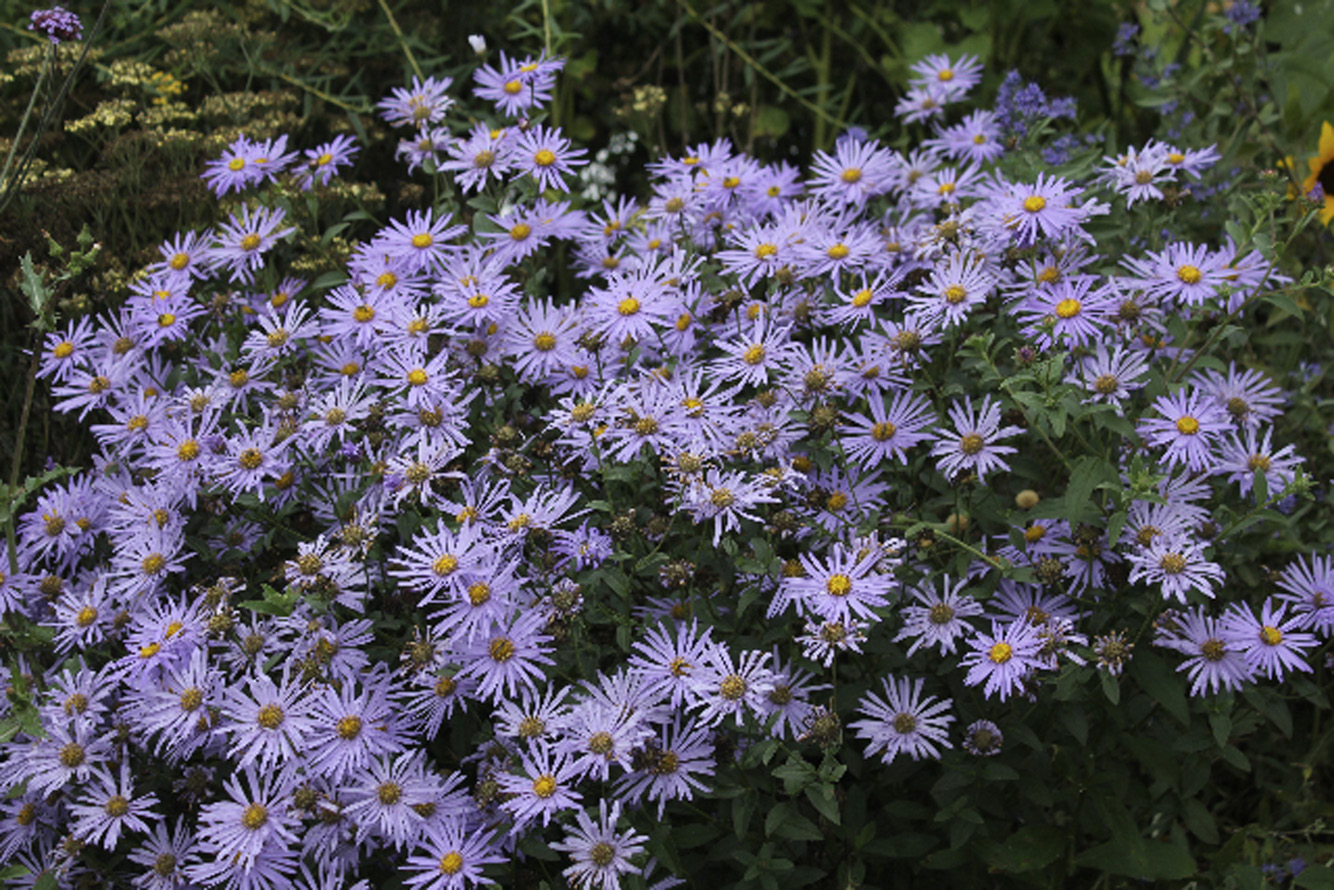
Enjoy the lovely things in your present garden and the wonder of nature
- words: Jo Arnell
You may also like
In the Night Garden
Jo Arnell explains how to make the most of your outdoor space once darkness falls Some enchanted evening you may see me outside – mainly searching for slugs in the garden, because the cool hours of night are when they...
Contain your excitement
Jen Stuart-Smith discusses how to get creative with your pots and planters My love affair with plants started with houseplants when I was a child. As my bedroom windowsill overflowed – resulting, occasionally, in waking up with compost under my...
More than just a pretty face
Jen Stuart-Smith explores the multiple uses of some easy-to-grow garden favourites When you grow flowers for their beauty, shape and colour it can be easy to forget all the other qualities they have to offer. Some are edible, others provide...
